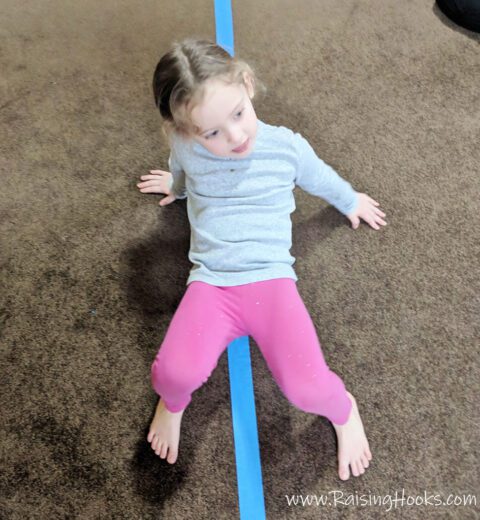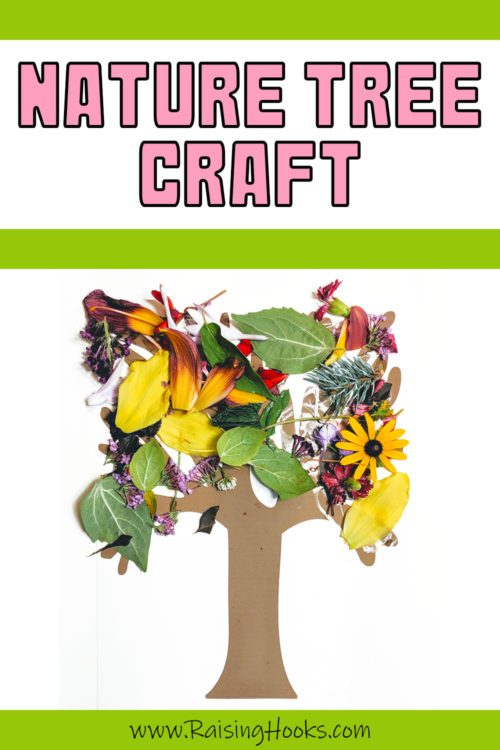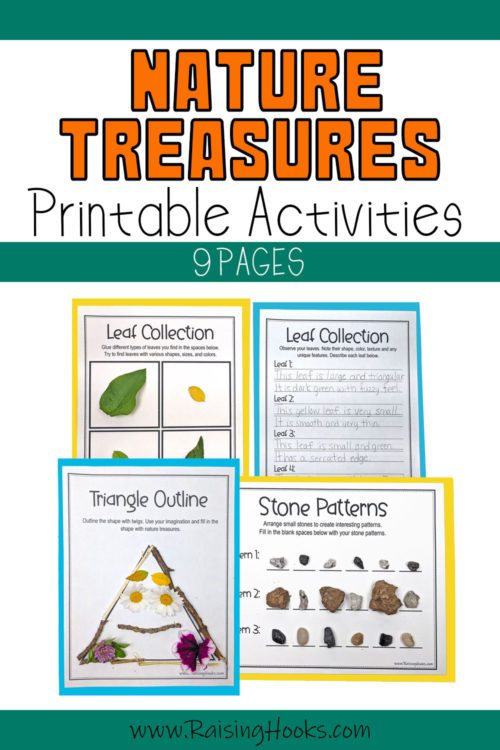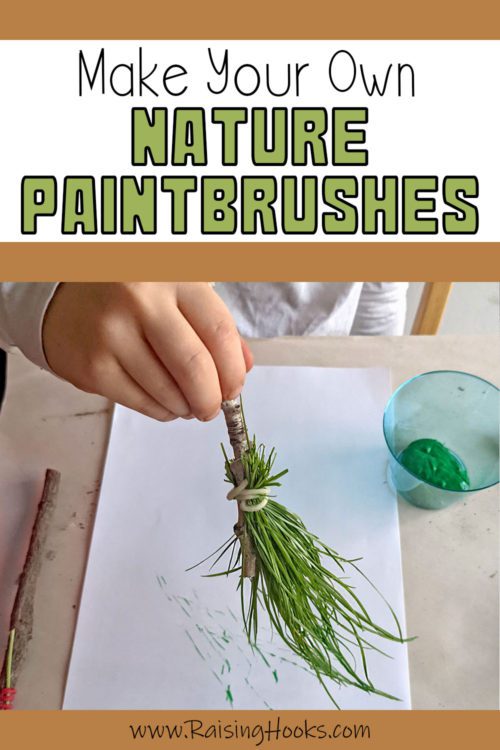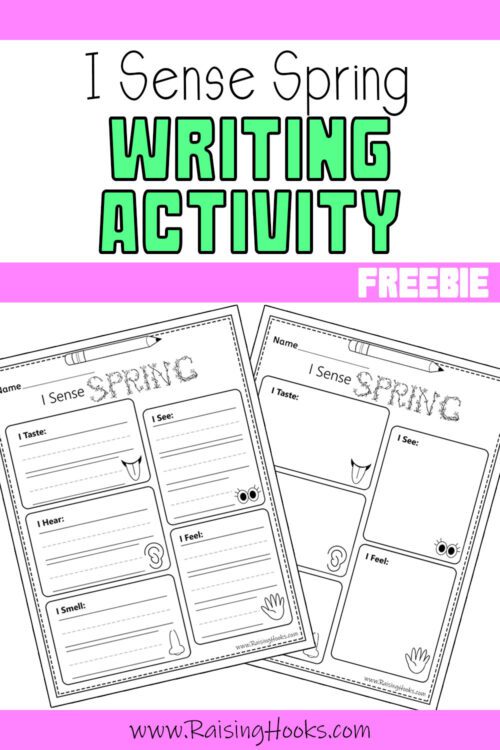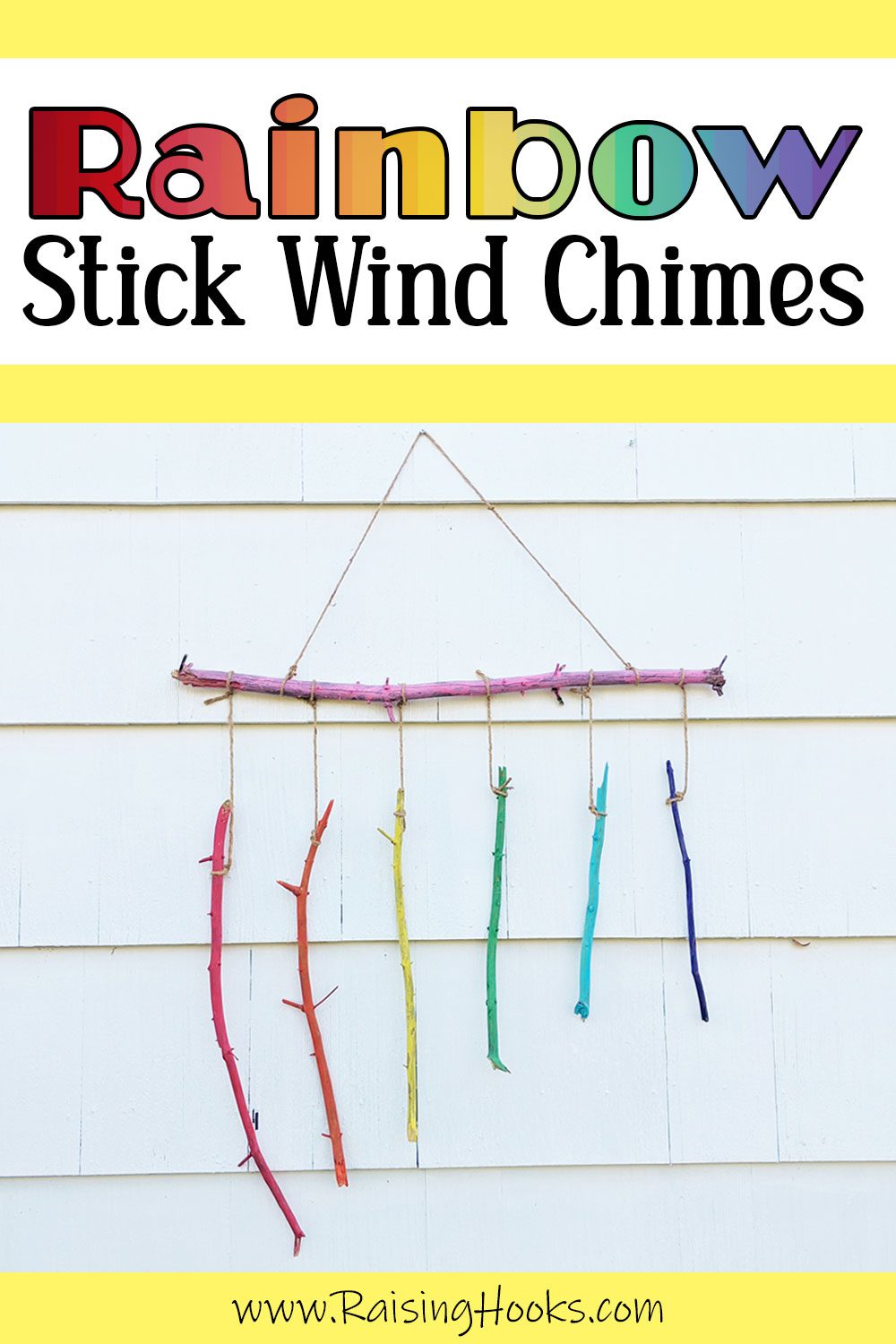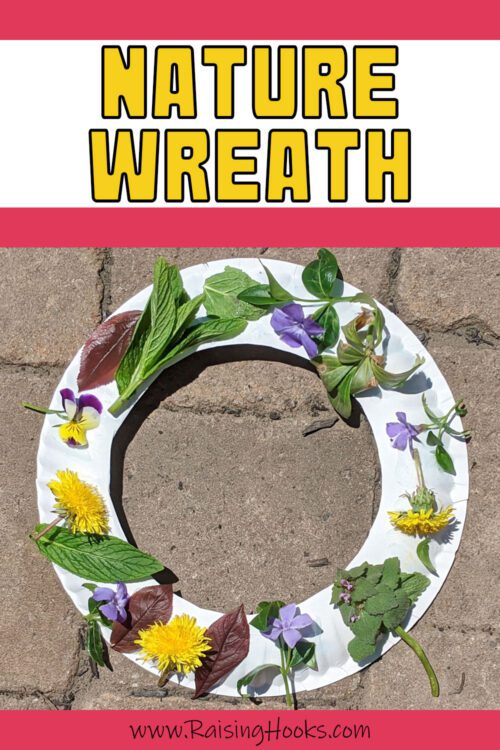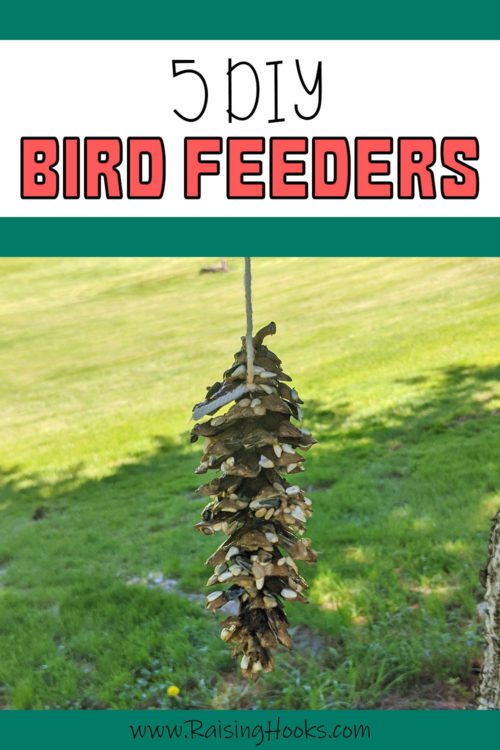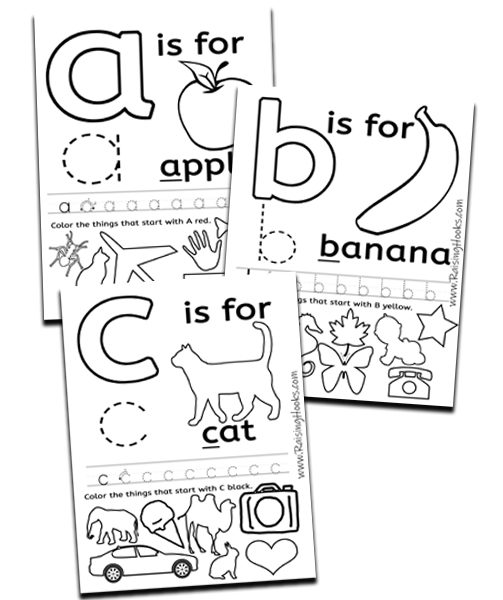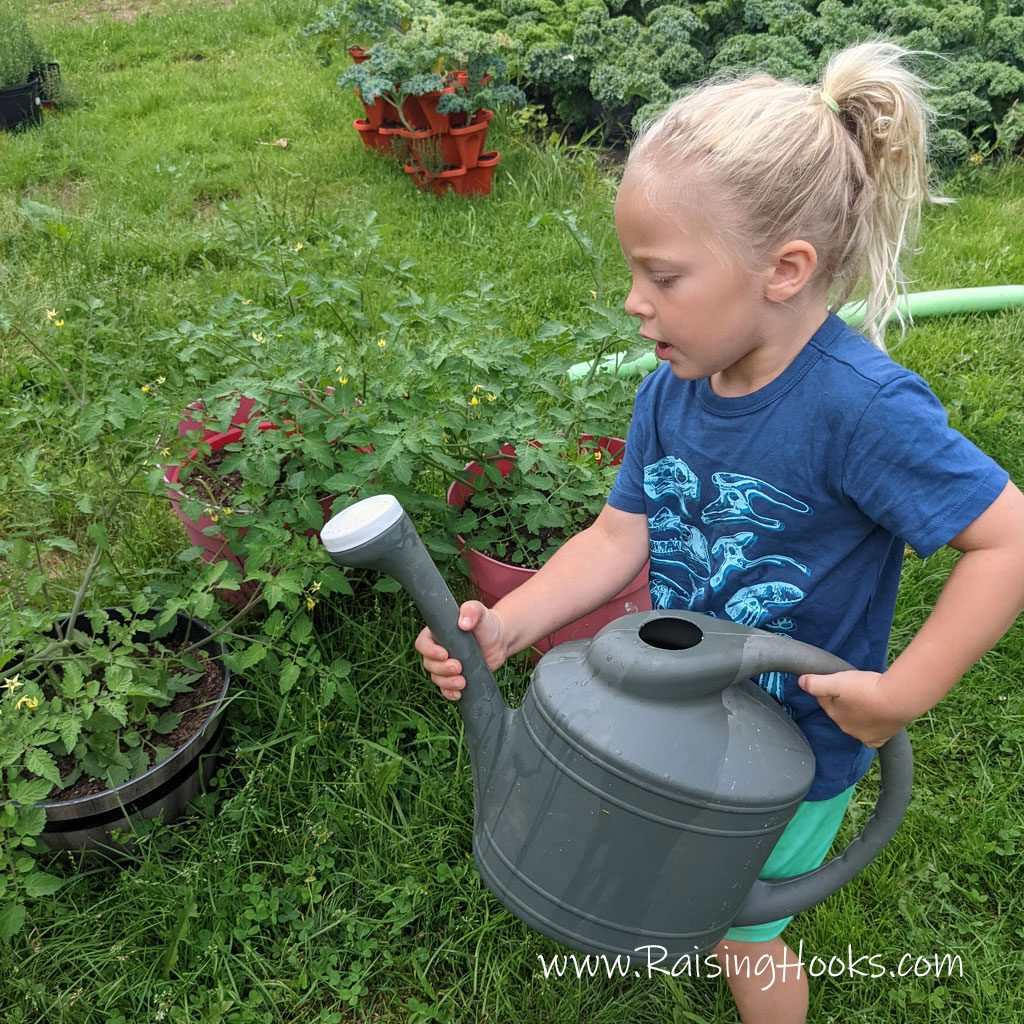
Growing Memories – A Guide to Gardening With Kids
As a homeschooling mom, gardening with my kids has been such a treat. The backyard has become our outdoor classroom, where lessons in science, responsibility, and the sheer joy of discovery unfold. From the first seed planted to the moment we get to harvest our homegrown treasures, each step in our gardening journey has woven seamlessly into our homeschool curriculum. I’d love to share some of the learning experiences, and charming chaos that come with nurturing a garden alongside our homeschool adventures. Whether you have a backyard or just a sunny windowsill, there’s something magical about watching seeds sprout and bloom with your kids. Let’s dig in together!
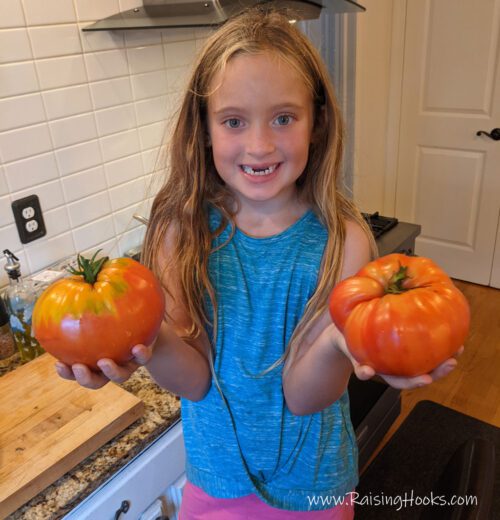
Grab Your Tiny Shovels & Let’s Get Started
When starting to garden with kids, it’s crucial not to set overly high expectations. Instead, revel in the process, savoring the moments of discovery and growth rather than fixating on perfection. I’ve found that allocating a designated section for my kids, a space they can call their own, fosters a sense of ownership and excitement. Refrain from assigning tasks that require precision or strict adherence. Opt for easy-to-grow plants. Creating a mini oasis with colorful flowers or a pint-sized vegetable patch allows children to experiment and marvel at the magic of nature without feeling the weight of expectation. Remember, it’s the journey that matters most, and the garden becomes a canvas for fostering a love for nature, exploration, and the joy of getting a little dirty.
- Easy flowers to grow from seed include: sunflowers, zinnias, impatiens, pansies, marigolds, morning glory
- Easy vegetables to grow from seed include: kale, peas, lettuce, cucumbers, green beans, potatoes, scallions
- If you don’t have access to a yard, offer a container as their own. Remember to use a container with good drainage.
*Tip* Garden tools make perfect Easter basket stuffers! You can create your own like mine in the picture below or buy a cute tote like this one.
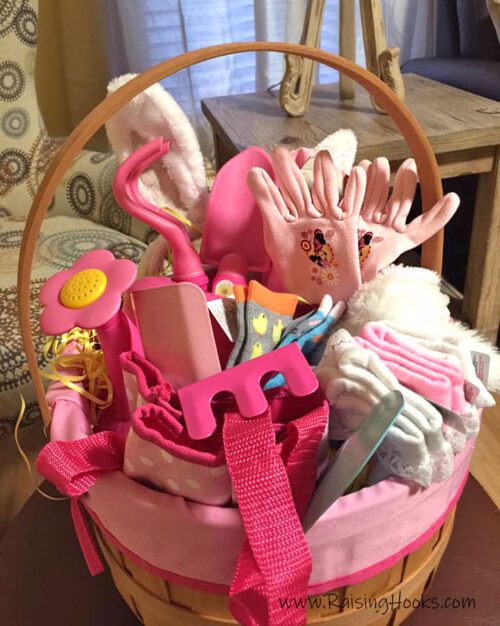
Planting Adventures
Attention to detail is the secret ingredient to success when planting. I’ve learned that taking the time to read the seed packets together adds an educational layer to our gardening. The packets guide us on how deep to plant each seed and the space they require to flourish. Explaining the delicate balance of keeping the soil consistently moist when planting, but not waterlogged, is a valuable lesson in responsibility. Whether you are in the garden or planting in a container, gently plant each seed according to its needs on the packet. Encouraging children to water their seeds and make sure they get enough light once they sprout, fosters a sense of connection, teaching them the importance of nurturing their plants so they survive and thrive. Through growing plants, kids not only cultivate seeds but also plant the seeds of wonder and responsibility that will grow alongside their gardens.
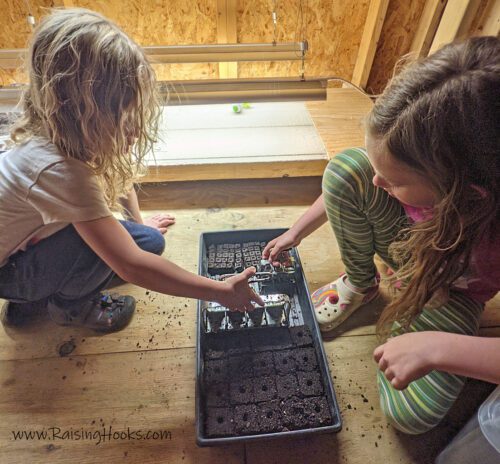
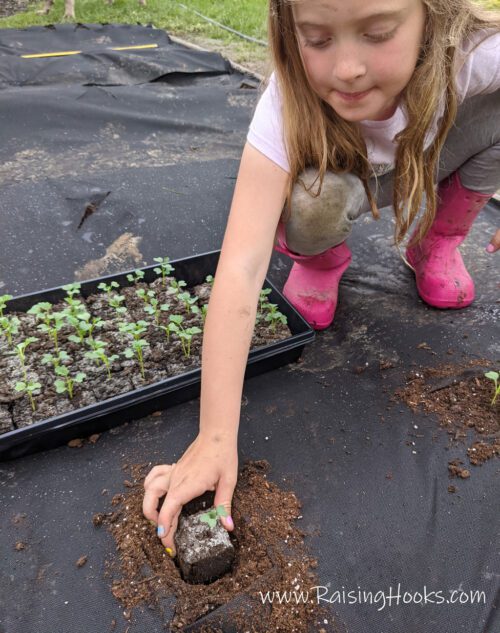
My children packing soil blockers in preparation for planting & my daughter planting a Kale soil block.
Pictured are soil blocks from our large soil blocker and small soil blocker.
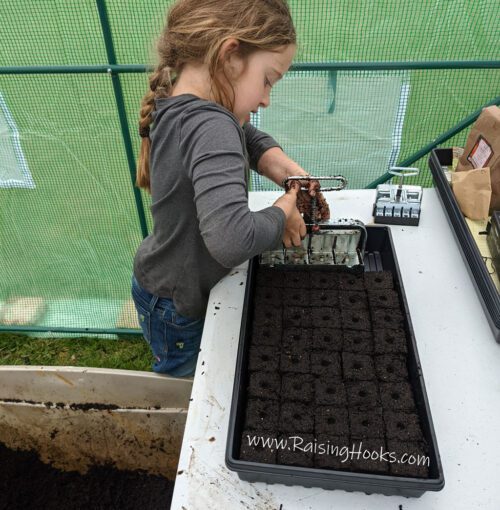
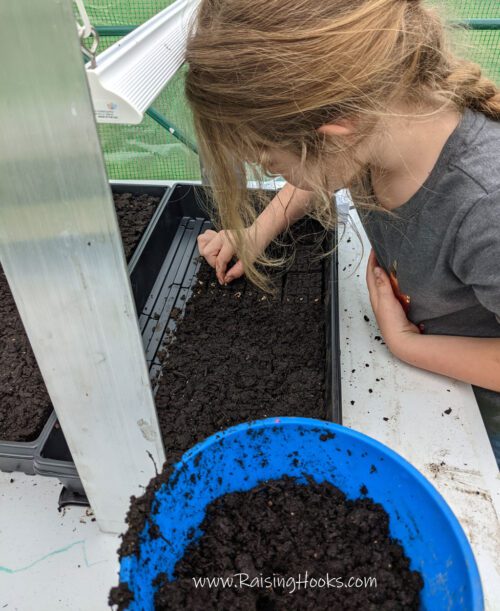
Get Creative With Nature Inspired Crafts
Beyond the soil and seeds, our homeschool garden transforms into a canvas of creativity with my children’s garden crafts. Painted rocks add a pop of color to our garden. You can create all sorts of crafts for your garden. Twirlers, twig stars, fairy houses, painted flower pots, twig wind chimes, plant markers, and any other craft you come up with will turn your garden into a gallery of handmade wonders that dance and sing with the breeze. We’ve also crafted colorful bird feeders and flower stakes. These crafts not only infuse the garden with character but also provide an opportunity for kids to express their creativity while enjoying the great outdoors. It’s a symphony of crafts and laughter that turns our homeschool garden into a colorful haven of imagination and play.
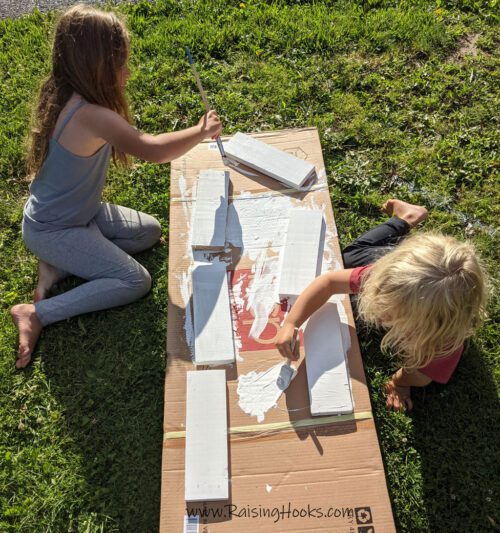
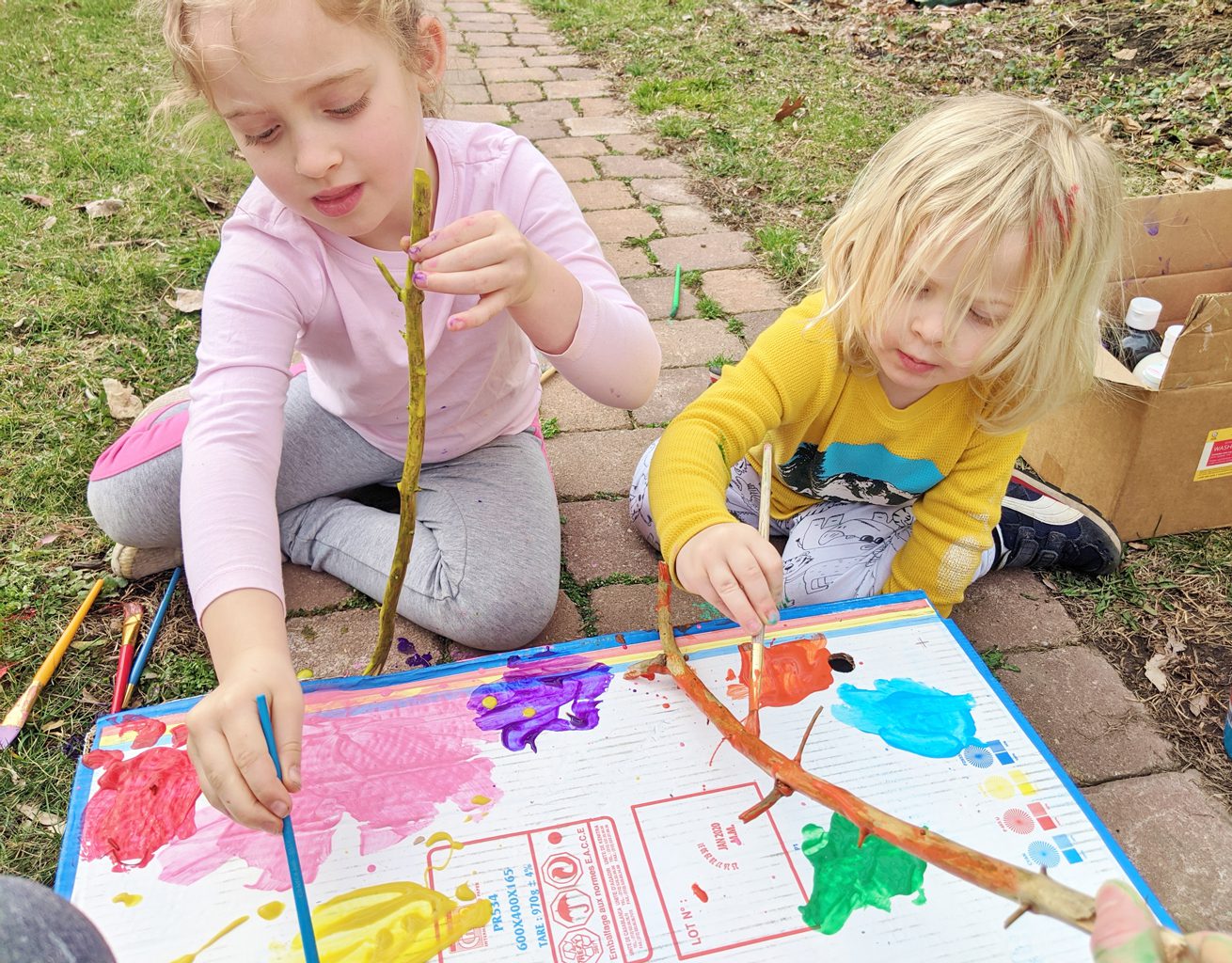
Making twig stars and painting signs, rocks and Stick Windchimes for the garden.
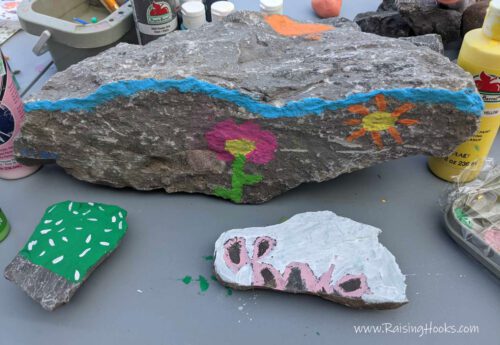
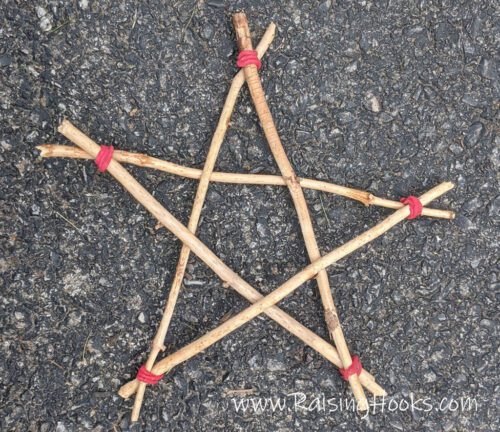
Learning From Nature
As our homeschool garden blooms, so do the lessons of our outdoor classroom. Patience takes root as we witness the gradual unfurling of petals and leaves. Responsibility is nurtured through the gentle care required to ensure our plants thrive. The garden becomes a living testament to the wonders of the natural world. We study the delicate balance of ecosystems, the resilience of life, and the interconnectedness of all living things. Each day, as we tend to our garden, we cultivate not only plants but also a deep appreciation for the intricate web of life that surrounds us. The garden becomes a fertile ground for cultivating values and knowledge that will bloom for a lifetime.
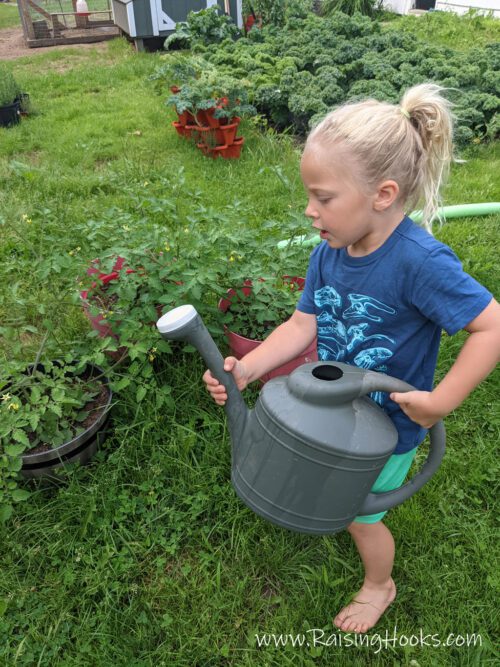
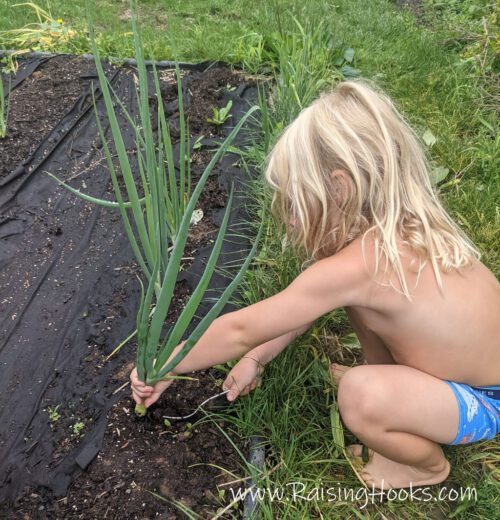
Harvesting Happiness
As our garden flourishes, the anticipation of harvest time grows. I have always made it a point to involve the kids in the task of harvesting. Deciding what to do with our harvests is exciting. From crafting vibrant flower bouquets to preparing simple yet delicious meals with our homegrown vegetables, the possibilities of what to do with your harvests are endless. To celebrate harvest time, we indulge in a mini harvest party. Sometimes we have a feast featuring our freshly harvested vegetables while other times we eat our harvests as we pull them off the plants. It’s essential to decide what to do with your vegetables promptly, ensuring they don’t rot. This not only minimizes waste but also instills a sense of responsibility as we actively participate in the life cycle of our garden. Harvesting is more than an activity; it’s a celebration of nature’s abundance and the joy derived from nurturing our own little piece of Earth.
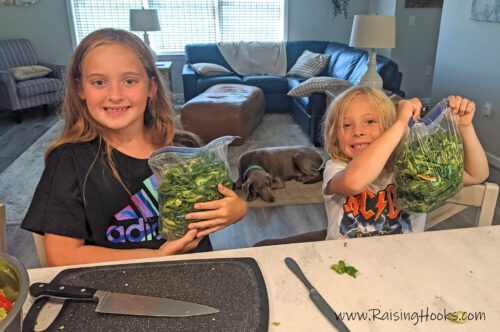
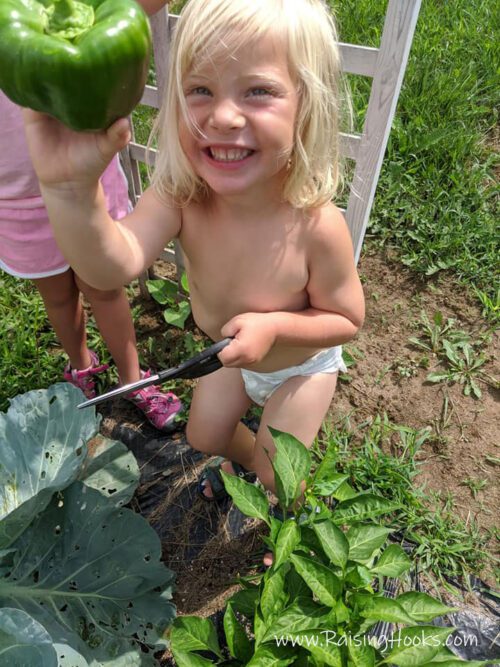
My kids harvesting and cutting sweet peppers.
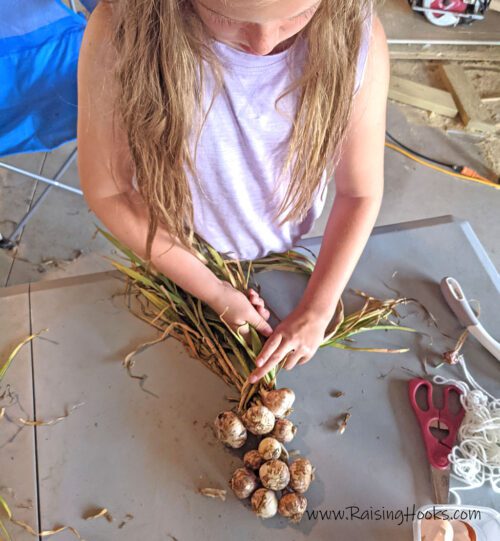
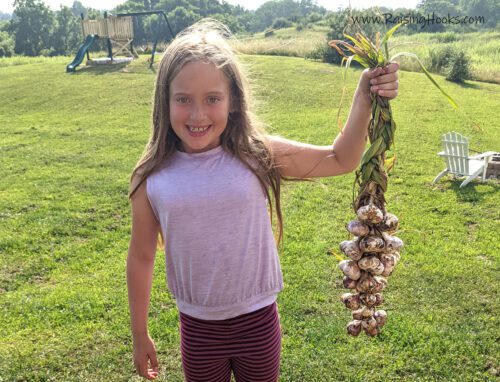
My daughter braiding garlic.
Composting For Future Gardens
The journey doesn’t end with the harvest, at least not for us. It transitions into a lesson in sustainability and the circle of life. Composting becomes a vital chapter in our gardening adventure, teaching the kids that waste can transform into gold for the soil. Throughout the year, we gather kitchen scraps, fallen leaves, and garden clippings, creating a compost where the magic of decomposition takes place. Explaining to children how this nutrient-rich concoction nourishes the soil for the next planting season adds an invaluable layer to our gardening curriculum. As we turn the compost pile together, we discuss the importance of recycling organic matter to create soil rich with food for our future plants. We also look for worms and share smiles of appreciation for our tiny heroes. It is important to understand how these earthworms play a crucial role in breaking down organic matter to enrich the compost. Composting becomes not just a practical step but a profound connection to the cyclical nature of our garden.
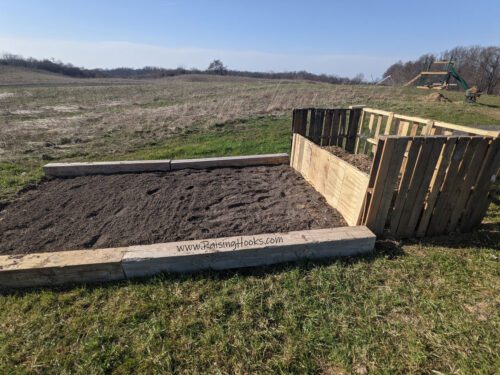
Our 2023 compost and garden. We are overhauling this area in 2024, stay tuned!
Last, but certainly not least, don’t be afraid to get dirty!
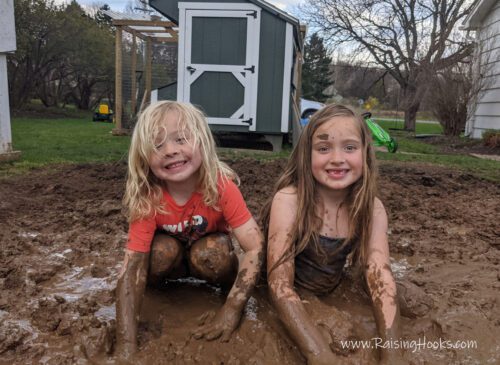
Whether you have a sprawling garden or a few pots on a balcony, gardening with kids is a journey filled with laughter, learning, and love. Embrace the mess, celebrate the tiny victories, and watch as your little gardeners blossom alongside their plants. Happy gardening!
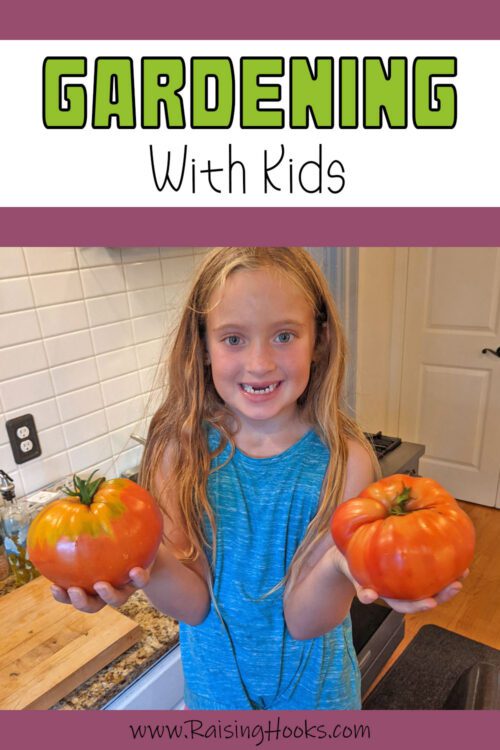
Related Posts
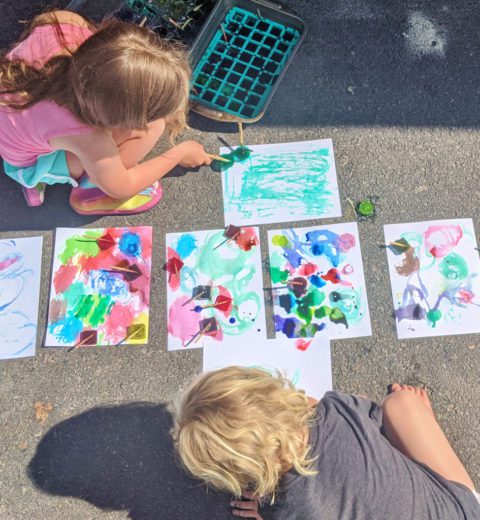
Ice Painting
July 5, 2020
Paper Plate Colored Lenses
January 24, 2022